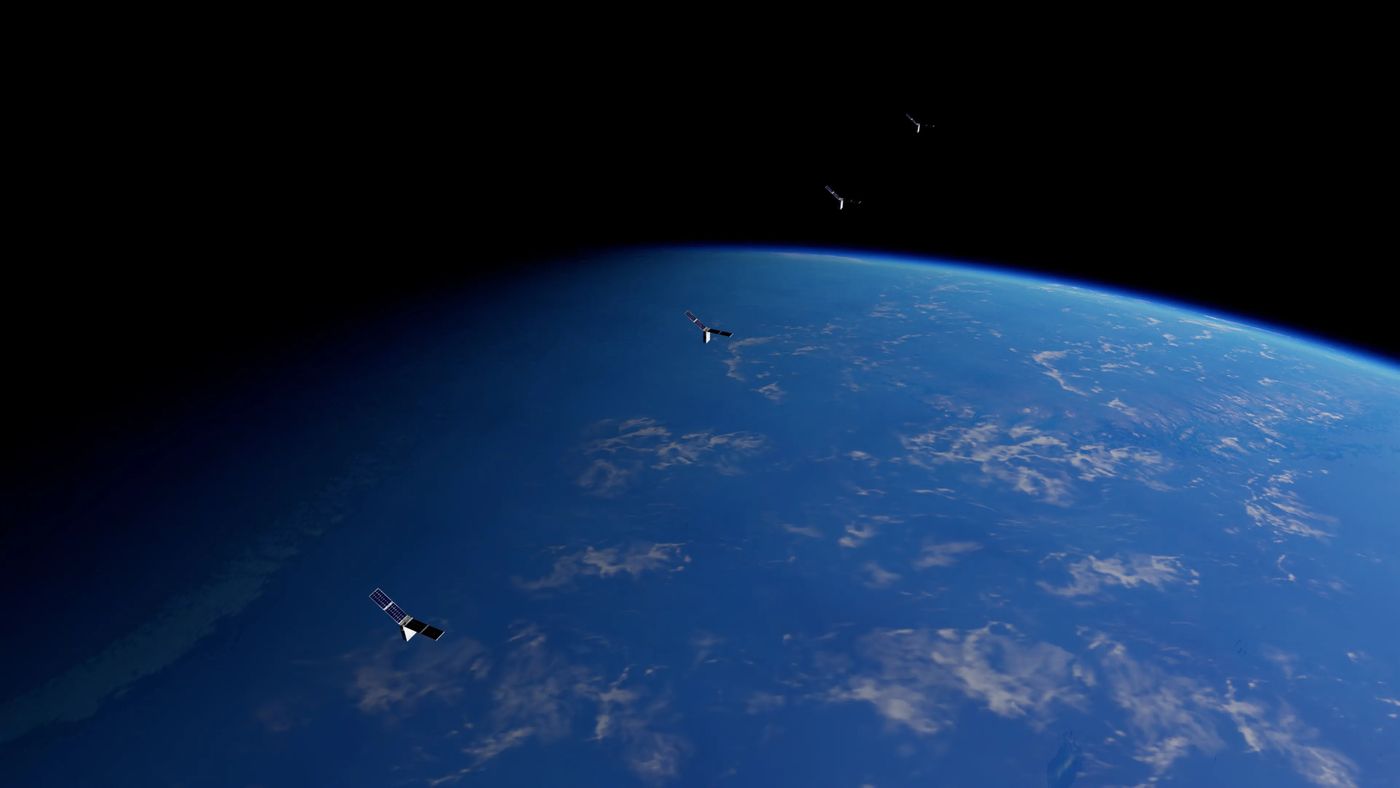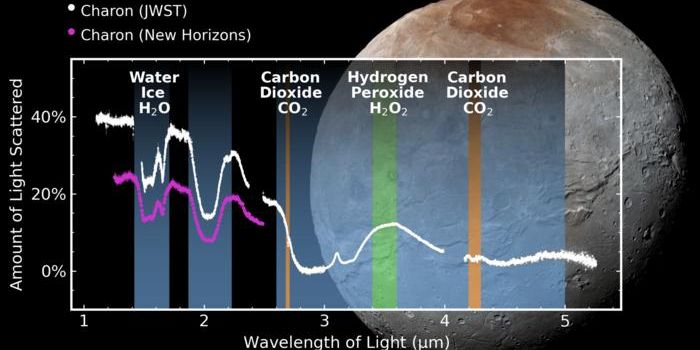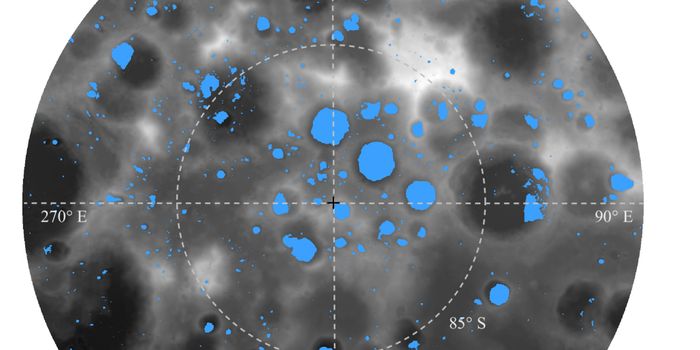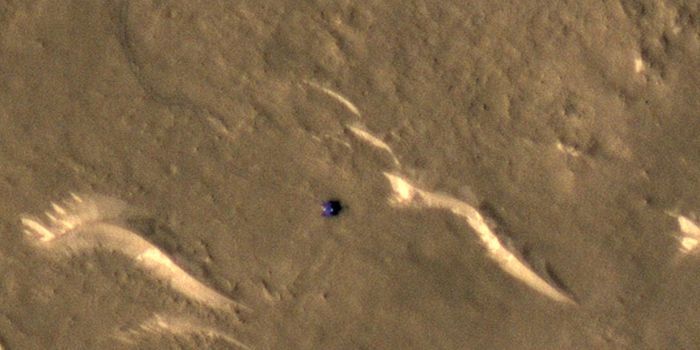SpaceX's Four Starling CubeSats Demonstrate Autonomous Operations
Could autonomous CubeSats someday be used for deep space exploration? This is what a recent demonstration by SpaceX’s Starling swarm of four CubeSats hopes to address as NASA announced the 10-month primary mission of the swarm successfully completed its primary mission objectives as part of multiple experiments. This demonstration holds the potential to help develop CubeSats capable of conducting deep space exploration missions without the need for constant communication with Earth as they could communicate with each other.
“The success of Starling’s initial mission represents a landmark achievement in the development of autonomous networks of small spacecraft,” said Roger Hunter, who is the Program Manager for NASA’s Small Spacecraft Technology Program (STTP) at NASA’s Ames Research Center. “The team has been very successful in achieving our objectives and adapting in the face of challenges.”
For the demonstration, the four CubeSats successfully studied the Earth’s ionosphere while communicating with each other regarding next steps for continued analysis. This provided the opportunity for each spacecraft to equally contribute to the mission while decreasing human involvement.
Artist impression of the four CubeSats that comprised the autonomous demonstration. (Credit: NASA)
Going forward, the team plans to work with SpaceX on Starling 1.5 whose goal is to communicate with Starlink satellites, which also exhibit autonomous capabilities, to avoid collisions. This recent demonstration comes as concerns of space junk has gained traction in the last few years, specifically regarding satellite constellations interfering with ground operations, including aircraft and astronomy observations.
“Starling’s partnership with SpaceX is the next step in operating large networks of spacecraft and understanding how two autonomously maneuvering systems can safely operate in proximity to each other. As the number of operational spacecraft increases each year, we must learn how to manage orbital traffic,” said Hunter.
How will autonomous CubeSats aid in deep space exploration missions in the coming years and decades? Only time will tell, and this is why we science!
As always, keep doing science & keep looking up!
Sources: NASA









